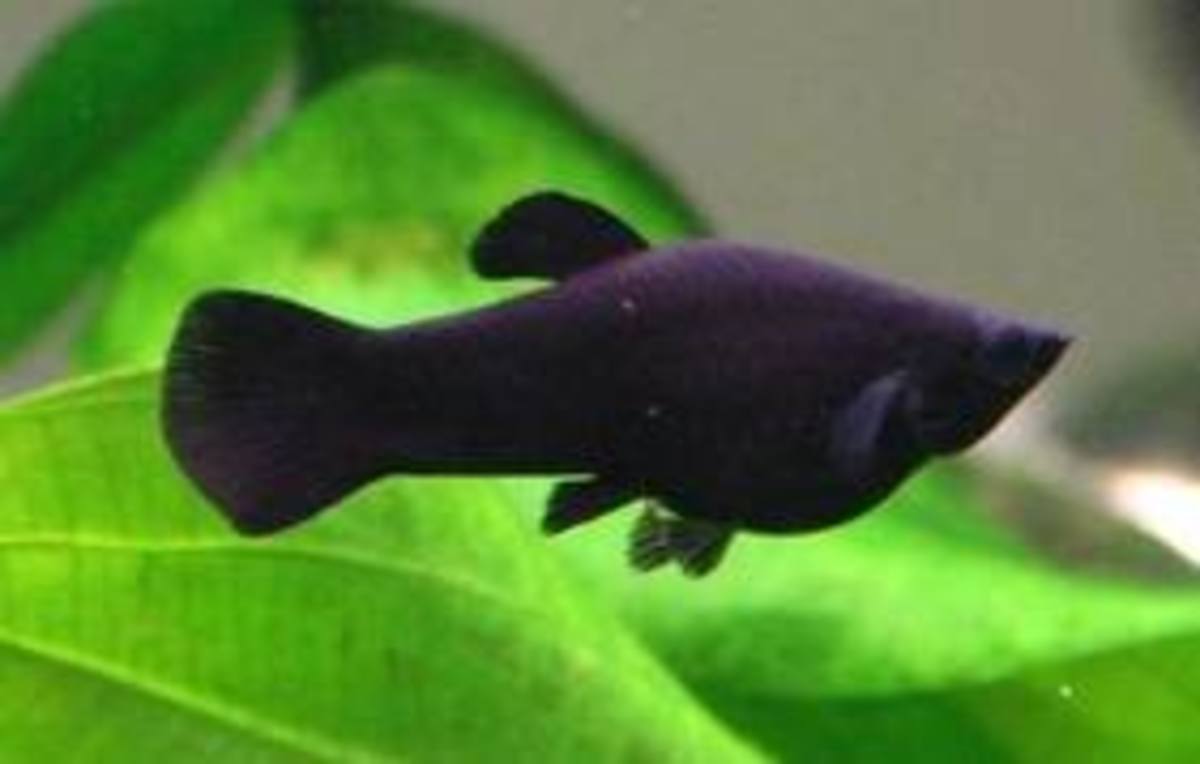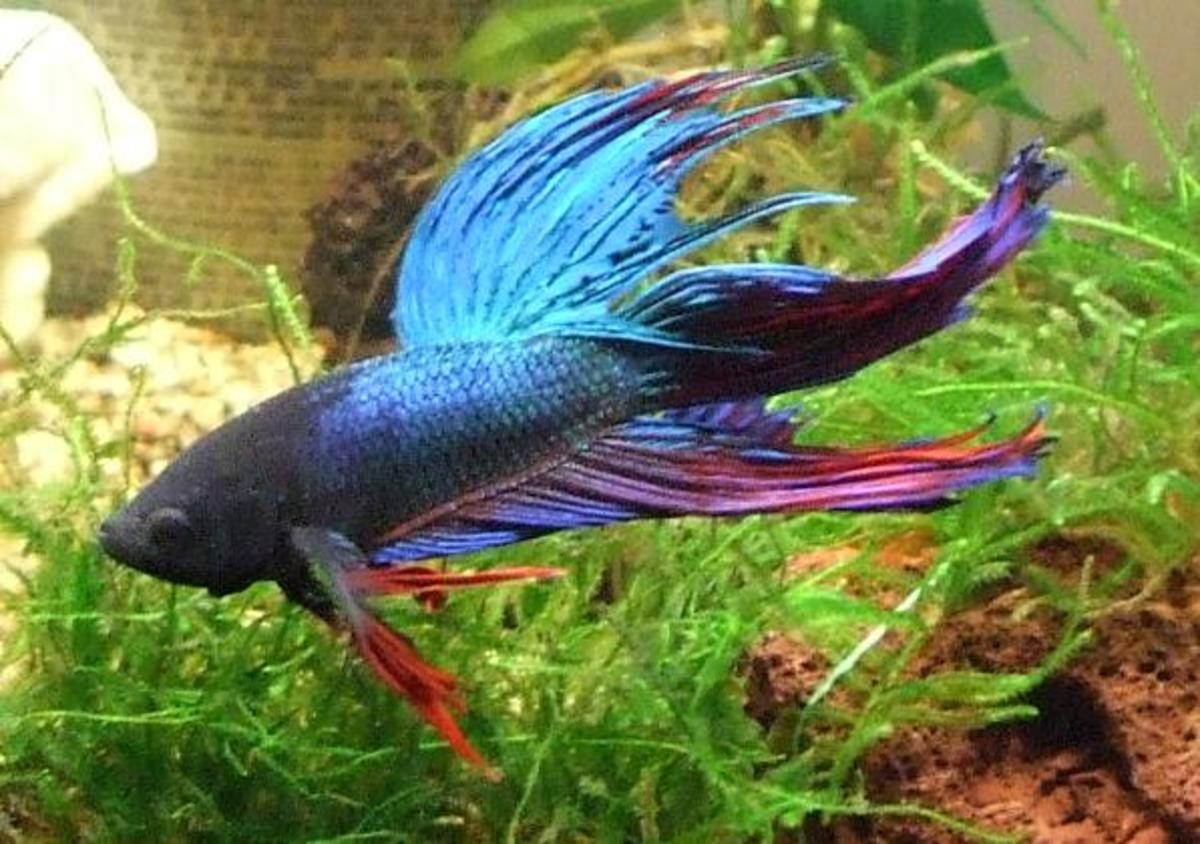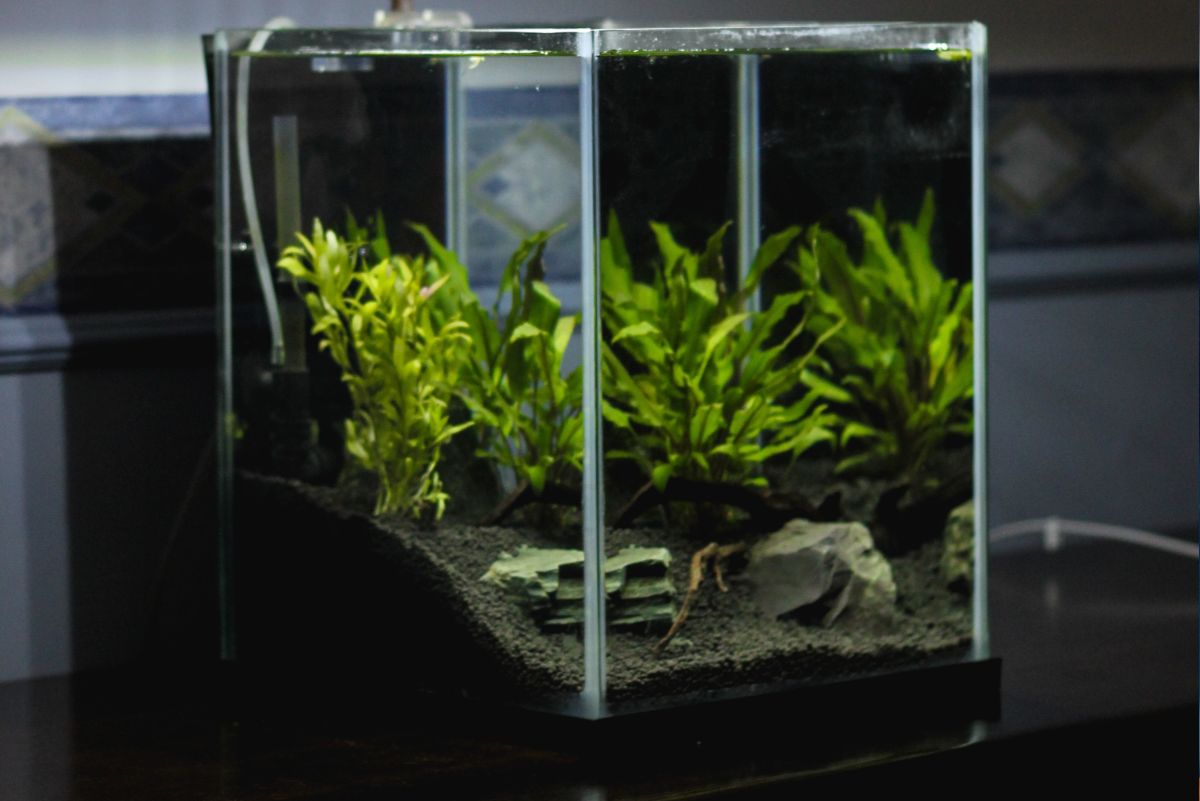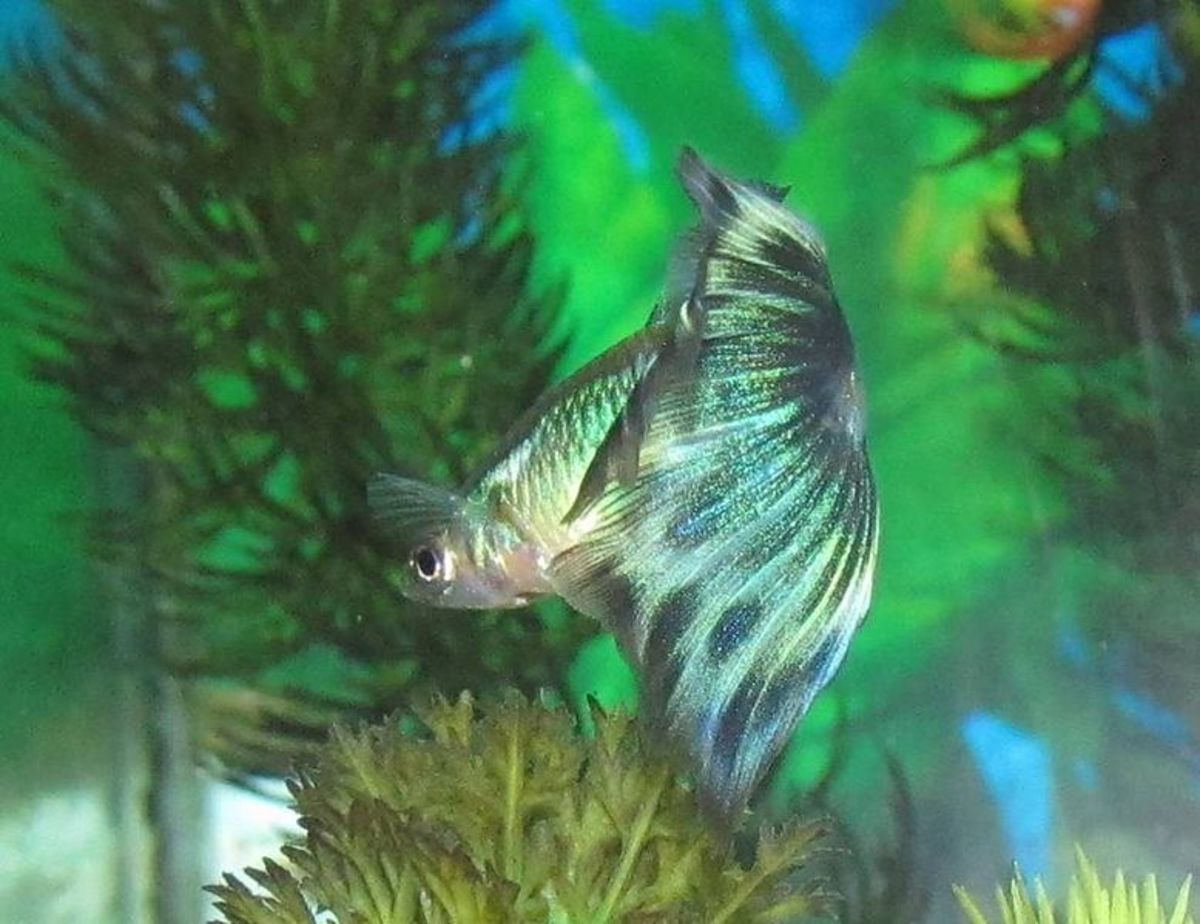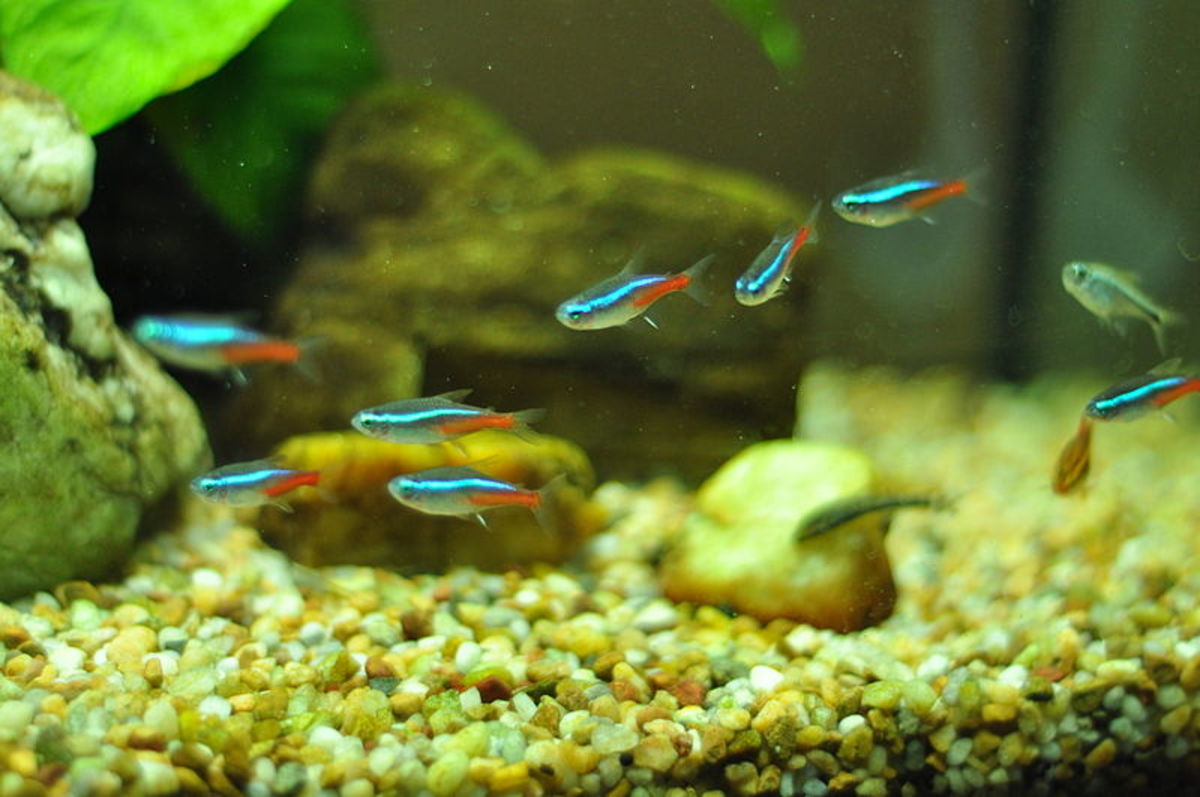Fight Problems About Aquarium Siamese Fishes: What Our Unique and Quiet Pets Need in this Environment
Fish as pets, a multimillion-dollar industry
In so many ways, the pet industry is an amazingly gigantic industry. In the United States alone, according to the latest survey by the National Pet Owners (2009-2010), 71.4 million homes (or 62%) own a pet. This is 6% higher compared to the 1988 figures when the same survey was first conducted. Out of this latest total, 14 million U.S. homes (or 19.6%) own fish as pets, i.e., 13.3 millions are freshwater fish and 0.7 million are saltwater fish.
In terms of estimated number of pets, out of the 411.8 million total, 182.9 million or 44.4% comprised fish pets. That is equivalent to about 171.7 million of freshwater fish and 11.2 million saltwater fish. Of course, the tiny and shoaling nature of fishes would explain its biggest share in the overall pets count. A fish aquarium owner should own about dozens of fish of various types as compared to a regular owner of dogs, cats or birds.
In terms of total expenditures for pets, various market sources from the U.S. revealed that households spent a staggering amount of almost US$48 billion in 2010 alone. That amount took care of the live animal purchase, food, supplies/medicines, vet care and other relevant services like grooming and boarding. As fish pets do not require these allied services, it is safe to say that they share mostly in the cost of live animal, food and supplies which account for around 66% of the total expenditures in the industry.
Fish, our quiet companions
Among all types of pets, perhaps, fish are the coolest to adopt because of the peace, joy, and the sense of abundance that they quietly bring to everyone. They are so vibrant, extremely colorful, so soothing and fascinating to watch . . . and to be with. These unique creatures seem to be tireless, full of energy and always on the move within their small world. Yet, unless somebody stoles them from their aquarium or they die, they do not leave you. The experience is almost entirely visual yet deep and soulful.
Aquarium fish look so beautiful and nice and, yet, they seem so delicate and fragile in their natural quiet existence. Although they cannot be touched or petted as with the other pets, they would seem to be the least dangerous and unobtrusive type of all the live pets. Some species are tiny as most gold fish are, while others grow to be quite impressively large.
Pet enthusiasts, in general, including fish lovers say that they have been deriving various types of certain health benefits from their pets. It has been reported that having pets have helped some elderly in terms of lowering of blood pressure, reduced stress, stability to those suffering from heart conditions, ability to fight depression and loneliness as they find new interest and meaning in life. If this trend continues, there is no doubt that the cost of medical care can eventually go down as well.
Fish and environmental issues
Not everything is painted rosy, though. Our ornamental fish, before ending up in a pet shop onshore, then, unto our aquarium at home, could have come from under the sea, which is a significant part of our ecosystem, our environment, i.e., mostly from Southeast Asian reefs. Inescapably, this brings out into the fore certain environmental issues that every fish lover must be aware of and be concerned about.
Who wouldn’t be appalled at the idea that there are cases wherein debilitating dose of sodium cyanide are used in capturing these tiny fishes, placing them in plastic bags, leaving them for hours under the scorching heat of the sun . . . taking them away from their natural habitat for our delight and for commercial reasons? It could have been survival of the fittest for these tiny creatures as most of them are dead on arrival at our pet shops around the country.
This harmful practice by some people does not only threaten more than a thousand of our fish species but also the fragile coral reef ecosystems in which they live. Environmental issues are a major concern for our quiet and peaceful fish friends. Environmentalists are one in their observations that there could be several reasons for the death of the reef, among them are: climate change, ocean acidification, cyanide fishing for aquarium fish (spraying a sodium cyanide mixture into the fish's habitat in order to shock the fish to flush them out) and urban and agricultural overspill.
What we must do
But, as always, not everything is lost, not yet, anyway, because something can still be done.
- Make sure that you select only “Marine Aquarium Council (or MAC) certified” label fish for your pet. MAC uses international standards that ensure ecologically sound marine-life gathering practices. If it is hard to find, just make sure you get your supply of live fish and aquarium accessories from suppliers that support eco-friendly marine-life gathering practices.
- Likewise, make sure that your marine ornamentals are environmentally safe and friendly by ensuring that your aquarium accessories are also MAC certified. Do not purchase live rock, like coral, for your aquarium.
- Be aware of environmental issues as much as you can and share the information around. Deep awareness and informed actions are necessary if we want to save our pets, our earth and ourselves.
A most colorful world of fish
Given an environment that we want to keep safe, below are among the most common fish choices by fish hobbyists, among so many. Welcome and be enthralled by the most colorful world of fish pets.
· Angelfish are one of the most commonly kept freshwater aquarium fish. They are prized for their unique shape, color and behavior. Many hobbyists consider angelfish to be a relatively intelligent fish, able to recognize their owners.
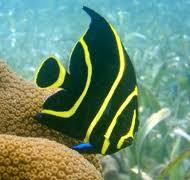
Siamese Fighting Fish (Betta Splendens) or simply the fighter- named after the local dialect of Thailand (formerly Siam), there are nearly 50 other members of the betta genus but splendens is the most popular species among aquarium hobbyists, particularly in the United States.
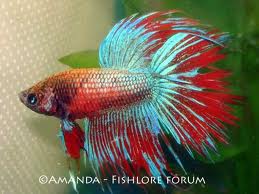
Platyfish (or platies) or swordtails –Unlike many species, these are available almost completely as captive-raised, because of the ease with which they breed in captivity. This fish belongs to a breed that adapts to almost any water conditions, from cold to tropical, freshwater to fully marine.
· Guppy, also known as the millionfish – is one of the most popular freshwater aquarium fish species in the world. Its most famous characteristic is its propensity for breeding either in a fresh water or marine aquariums. Guppies bred by aquarists produced variations in appearance ranging from colour consistency to various tail forms.
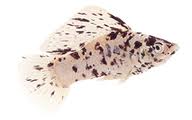
Discus – this specie is known for a highly developedbrood care with the parents caring for the young. It catches your eye on a tropical sweet water aquarium, calm but a little more difficult to keep.
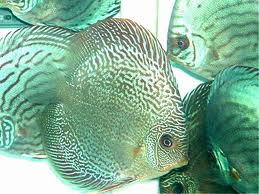
Tetras - Neon tetras are considered easy to keep in a community aquarium. They tend to be timid and, because of their small size, should not be kept with large or aggressive fish who may bully or simply eat them. The fish is characterized by an apparently appearing changing colored blue horizontal stripe along each side of the fish from its nose to the base of the adipose fin.
Mollies – are livebearing fish species which are popular because they are relatively lasting, peaceful and inexpensive. The dorsal fin resembling a sail is one of the most characteristics traits of this specie.
Corydoras or sometimescalled cory catfish - this genus is well known among aquarists for its many ornamental species. It is social, hardy, peaceful, easy to maintain and entertaining. They are well suited to tropical freshwater community aquariums, as they get along well with other species and are not at all aggressive.
Botia Loaches – another shoaling (at least five in a group is necessary), peaceful and active fish specie which requires clear aquarium water. Loaches are high jumpers and are great food scavengers.
Goldfish – is a freshwater fish, a relatively small member of the carp family (includes crucian carp and koi carp); one of the earliest fish to be domesticated, and, thus, it is one of the most common fish to be kept in an aquarium. Children love to play with their goldfish in a fish bowl.
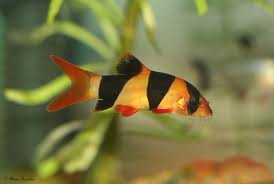
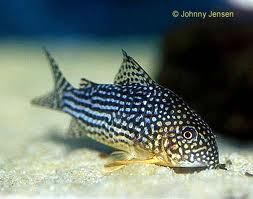
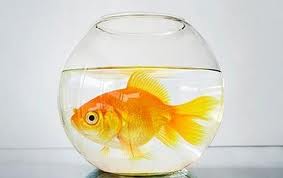
- Why Do Millions of Fish and Birds Die Annually? - Ma...
NASA has more than a dozen Earth science satellites in orbit. They help NASA study the oceans, land and atmosphere. Image Credit: NASA A million tiny just-released infant octopi filled the underwater scene on... - The Best Pets to Own in an Apartment
Although many people think that when you live in an apartment, you options for pets is pretty slim to none, well that's really not the case. There are many animals that can live happily in apartments, just as... - How To Safely Clean A Second Hand Fish Tank or Aquar...
So dirty, how to make it clean again? If you're anything like me, when you started out your new hobby life as an aquarist, you bought a second hand fish tank. Second hand fish tanks, assuming they don't leak,...




